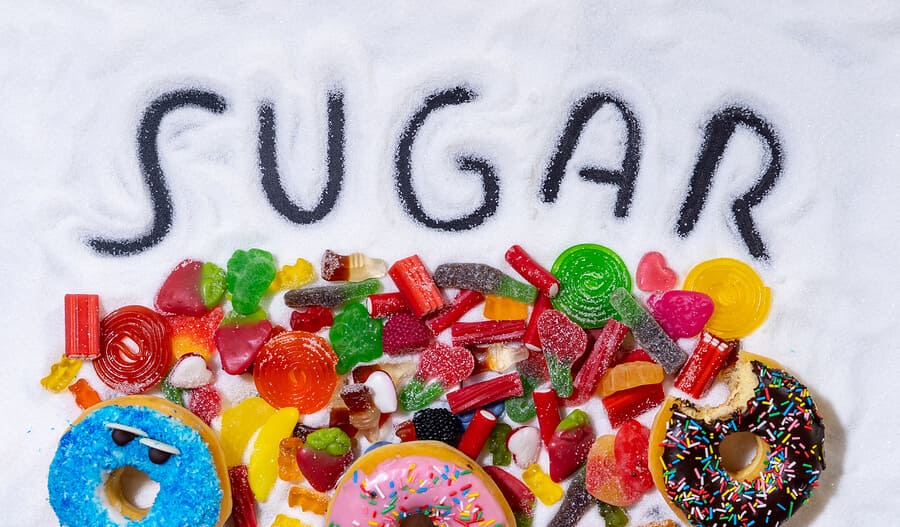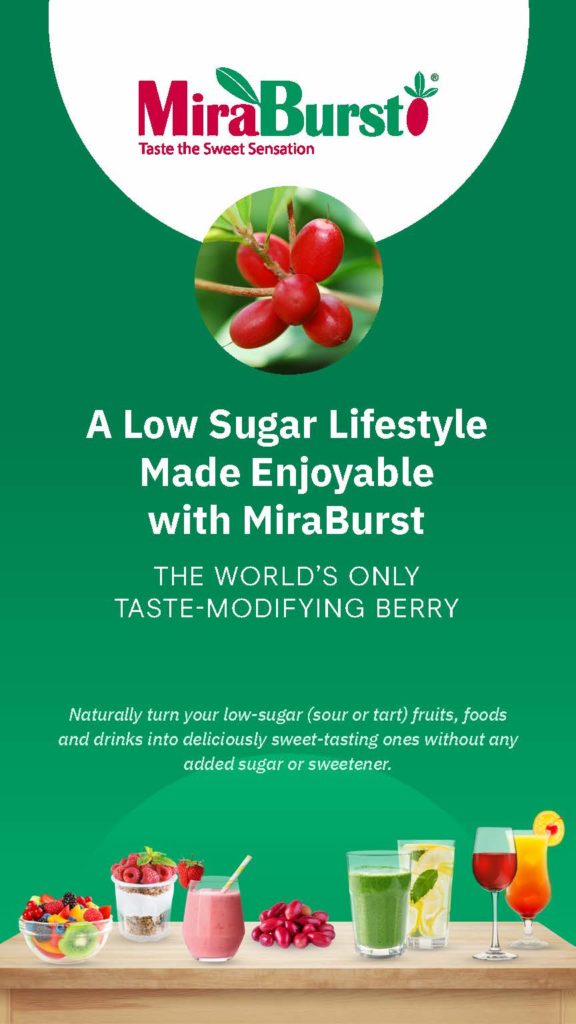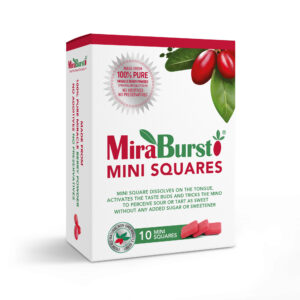
The Sordid History of America’s Sugar Addiction
America’s relationship with sugar has been one of contradictions. Once only available to the wealthy, it now makes up nearly 20 percent of our modern diet leading to our current epidemic of diabetes and obesity.
Once Upon a Time, Only the Wealthy Could Afford Sugar
In 1992, archaeologists opened a coffin of a woman in St. Mary’s City, Maryland who was later discovered to be Anne Wolseley Calvert. One indication of Anne’s wealth was the fact that she only had five remaining teeth, the rest decayed down to the root.
Douglas Owsley of Smithsonian’s National Museum of Natural History was clear. “One reason her mouth was in such poor condition was that she was affluent enough to afford sugar.” But today, sugar consumption holds more health consequences than dental problems.
Our Ancestors Evolved On Very Little Sugar
We now understand that human physiology evolved on a diet that contained very little sugar. It is suggested that sugar may have entered into our ancestors’ diets by accident with sugarcane primarily a crop used to fatten livestock. Today, we find that it is doing the same to us.
Sugar is Now Cheaper to Use
We no longer have to be affluent to afford sugar or it’s even more dangerous counterpart, high fructose corn syrup. In fact, according to the USDA, the average American now consumes between 150 and 170 pounds of refined sugars each year. Quite different from the average of 6 pounds a year during the colonial era.
Today, avoiding sugar costs far more than eating it. We now know that people who don’t have access to fresh foods and produce end up consuming sugars in everything from cereals to ketchup. So how did we get where we are?
Why So Much Sugar?
Many factors contributed to our cultivation of a sweet tooth. The Reciprocity Treaty with Hawaii in 1876 gave the US free access to its sugarcane crops. During Prohibition, soft drink popularity surged. After a brief sugar crash during wartime rationing, sugar sales climbed once again. But fast forward to the advent of processed foods and you can understand why sugar quickly became an addiction.
[mira-cta]
Enter Processed Foods
Howard Moskowitz, a food consultant, coined the term “bliss point”. This was the amount of salt, sugar, or fat that it took to fully optimize “palatability”. Today’s food manufacturers spend a great deal of money to determine the perfect amount of sugar to not only attract the consumer to their product but to make sure they are unable to stop. To them, sugar equals profit.
Hidden Sugars
Hidden sugar is everywhere from canned soups to pasta sauces. The low-fat craze led to a large sugar increase to add to the taste of bland, low-fat foods. Even our contemporary fruits have been specially bred to be sweeter to satisfy our new craving. Hidden sugars in processed foods go by as many as 56 different names which can make it difficult to understand how much sugar is in a product.
A Natural Sugar Alternative
As we are currently in a battle against our current sugar dependency and beginning to understand the dangers of artificial sweeteners, the miracle berry once again holds great promise as a natural alternative. More information on the miracle berry and its related products can be found at https://www.miraburst.com

